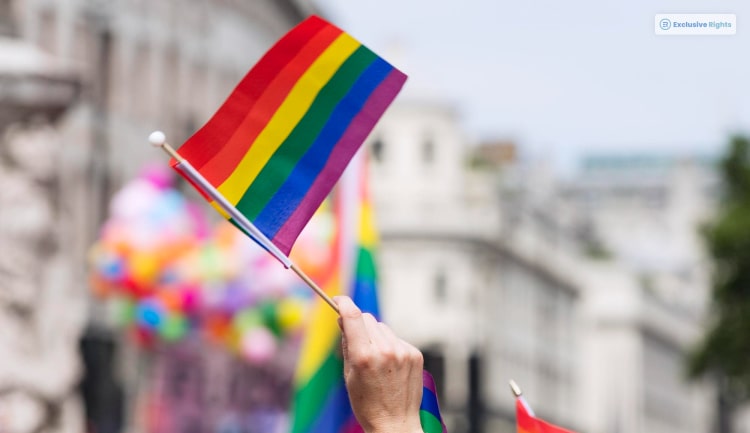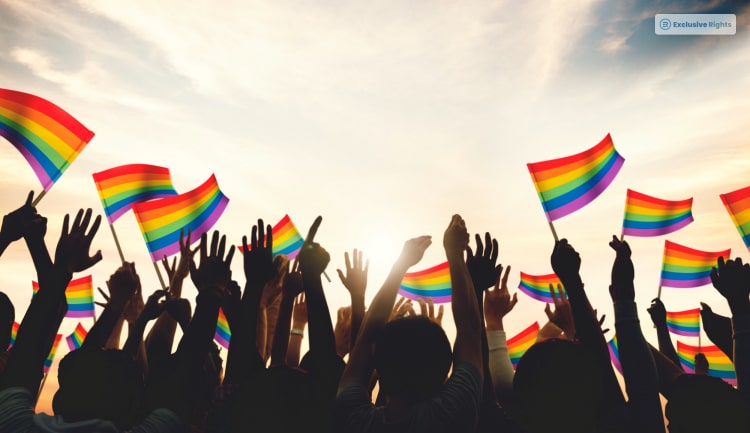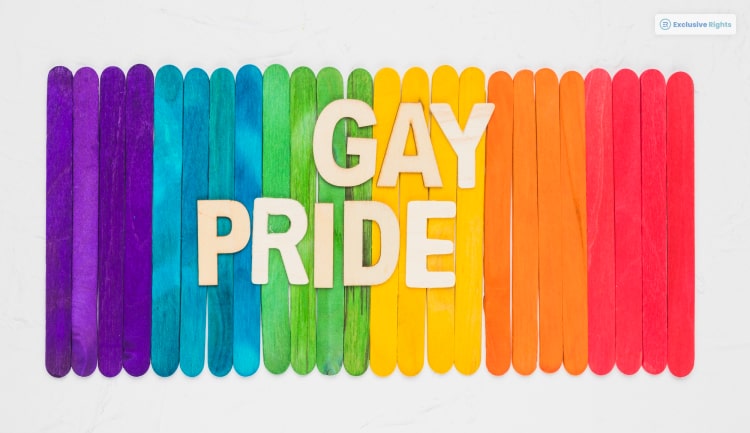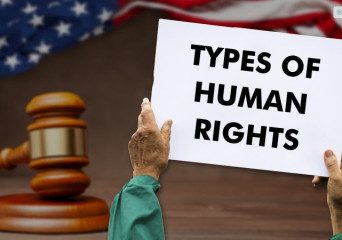
Table Of Contents
- What Were Some Major Global Events of the Cold War?
- Truman v. Communism
- An Armed Warfare
- The Hydrogen Bomb
- Battle For Space Supremacy
- The End: Fall of Berlin Wall
- Simultaneously, What Was Happening On the Gay Rights Front?
- Shifting Perspectives
- Landmark Legal Success
- Long Live the Revolution
- Gay rights are Human Rights
- The Legacy of the Stonewall Riots: Birth of Pride Month
- Social Victories
- Political Victories
- And the Struggle Continues!
Struggle for Gay Rights in America and the Cold War
It deals with the journey toward the slow but eventual acceptance of gay rights. The time of Cold War shook the very foundation of the political world. With the cold war, one began thinking along the lines of large-scale nuclear wars. This period of tremendous geopolitical troubles, with no actual wars fought, lasted for almost 45 years. Apart from the United States and USSR constantly being at loggerheads, this period witnessed some of the greatest developments on the gay rights front.
What Were Some Major Global Events of the Cold War?

Let us first have a quick look at what was going on in the world during the Cold War.
Truman v. Communism
The American leaders lowered the unanimous opening that political and military expansion by the USSR was to be immediately contained. They wanted to protect the democratic values of the Western part of the world. But the United States or all its leaders held that no sort of agreement could be reached between both of these parties who seemed to severely disagree on the political front. President Harry Truman wanted containment to be the topmost priority. Strict domestic policies were used you were to keep communism in check in the United States of America. These steps taken by President Truman were to shape American foreign policy for the coming 40 years.
An Armed Warfare
In order to keep Soviet Russia’s military power in check the United States Government quickly produced arms and ammunition. Detering any potential conflict was the motto. They even started a book eating for the development of atomic weaponry. The United States was bent on showing the world its power, mostly Soviet Russia. This approach led to increased arms and ammunition production in the country, increase military forces and training displays of brutal military force worldwide, and containment of communist movements throughout the world.
Soviet Russia was soon able to take the clue and started developing atomic weaponry of its own in the year 1949. The next step for the United States was the development of the hydrogen bomb.
The Hydrogen Bomb
There were intense debates within social political and scientific circles. The development of the hydrogen bomb sparked quite a controversy across the world. The scientific community was torn between supporting and opposing it. The race to develop the perfect weapon had increased tension all the more during this period of sheer unrest. The first test of the hydrogen bomb took place in 1952 and demonstrated immense destructive power. It was even cold for concern and field to all nations. Russia soon hopped on the wagon and started building its own hydrogen bomb.
Battle For Space Supremacy
After the episode of the hydrogen bomb, Soviet Russia and the United States were yet again at loggerheads with each other for space Supremacy. In October 1957, Soviet Russia launched its first satellite, Sputnik. This was also an attempt to intimidate the United States and portray to the world how technologically lagging they were. There were also some concerns about nuclear payload delivery when Sputnik showcased to the world its missile-carrying capacity. The United States very soon caught up and launched Explorer 1 in 1958. This was indeed a historical moment because it lead to the creation of NASA. Russia took another step forward by conducting there first ever manned space mission in the year 1961. This space race was serving as a morale boost for both nations.
The End: Fall of Berlin Wall
The Berlin Wall was built in 1961 and divided Germany into two parts. This division was just as ideological as it was a geographical one. Ask the world progressed into 1960, communist powers in the world started to decline. In a few decades, the world would witness the fall of Soviet Russia. Present Nixon came into power with a shift towards political diplomacy. China and Russia soon signed limitation trees and diplomatic relationships developed. As the communist and non-communist parts of the world started negotiations, the Berlin Wall with demolished in 1989. Germany was unified and finally, the cold war came to an end with the dissolution of Soviet Russia in 1991.
Simultaneously, What Was Happening On the Gay Rights Front?

Shifting Perspectives
In the year 1956, psychologist Evelyn Hooker presented her paper “The Adjustment of the Male Overt Homosexual,” which would go on to be one of the most influential works of all time. It was presented at the American Psychological Association Convention. The research paper was based on tests carried (psychological tests) out on both homosexual and heterosexual males. It challenged the well-accepted notion that homosexuality was a clinical disorder.
Landmark Legal Success
In 958, One, Inc. v. Olesen was a landmark case where the United States Supreme Court ruled in favor of the gay rights of the LGBTQ+ community. It reestablished the First Amendment rights of “One: The Homosexual Magazine.”
In 1962 1962, the state of Illinois decriminalised Homosexuality. It became the first state in the U.S. to ban laws that criminalised homosexuality.
Long Live the Revolution
In 1965, picketers gathered at the Philadelphia Independence Hall, staging the first Reminder Day. This drew attention to the great lack of LGBTQ civil rights.
Gay rights are Human Rights
In 1966, members of the Mattachine Society staged a “sip-in” at a bar in Greenwich Village. This was an act of challenge to the New York Liquor Authority’s refusal to serve gay individuals. It was established that the homosexual community was still protected under the list of Human Rights guaranteed by the US Constitution.
The Legacy of the Stonewall Riots: Birth of Pride Month

In 1969, Stonewall Inn was the epicentre of a long and fierce riot. Numerous police officers attempted to raid it. The uprising was sparked by deprived gay youth who propelled the modern LGBTQ+ rights movement further. This day would then be celebrated on Christopher St. Liberation Day. It commemorates the anniversary of the Stonewall riots. The first celebration was in 1970 and marked America’s first gay pride parade.
Social Victories
1973 witnessed the depathologizing of homosexuality. The American Psychiatric Association went on to remove homosexuality from its list of mental illnesses.
Political Victories
In 1974, Kathy Kozachenko became the first openly gay American citizen to be elected to public office.
And the Struggle Continues!
The American gay (LGBTQ+) rights movement has come a long. What was first a struggle against discrimination, went on to see landmark legal victories. The cold war era witnessed the emergence of grassroot activism. The setbacks and challenges were stepping stones to recognition, acceptance, and equality. While reading the article, we hope you, dear reader had the time to reflect on this journey of evolution. The rights of all individuals are meant to be protected, regardless of sexual orientation.
Read More :
What Does A Business Lawyer Do?
Finding The Best Employment Lawyer For You









